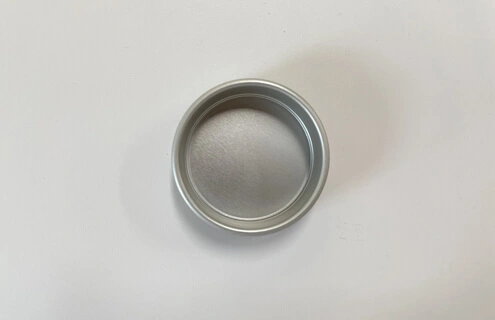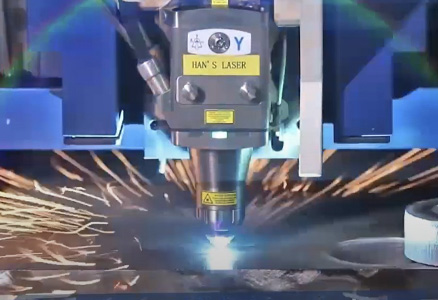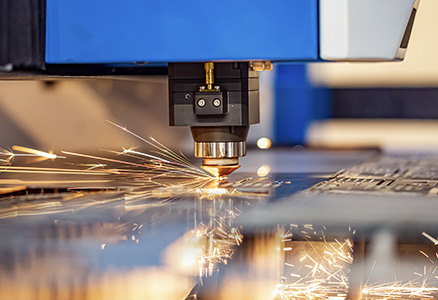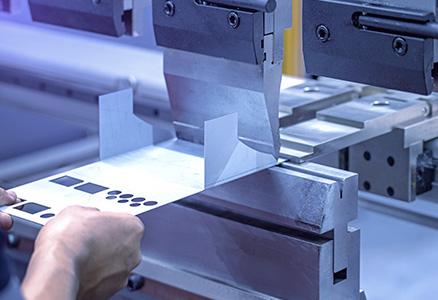In the manufacturing of industrial equipment and electronic enclosures, custom sheet metal enclosures are key to achieving product structure, functionality, and aesthetic unity. A high-quality sheet metal enclosure undergoes a series of precise and scientific processing steps from design to finished product shipment. Here, we will introduce the five major processing steps for custom sheet metal enclosures in detail.
Drawing Design
The first step in custom sheet metal enclosure production is drawing design. Customers usually provide preliminary drawings or samples. Engineers then measure based on actual needs, unfold the design, and draw detailed exploded views and assembly diagrams as the foundation for subsequent processing. Accurate initial design not only relates to structural rationality but also directly impacts overall processing efficiency and finished product precision.
Laser Processing
Laser cutting is an important cutting process for custom sheet metal enclosures, suitable for materials such as carbon steel and stainless steel. Compared to traditional methods, laser cutting results in neat, smooth edges and precise dimensions, making it especially suitable for complex curves and irregular structures, an optimal method that CNC punching cannot easily replace.
CNC Punching
When sheet metal material is relatively thin (generally less than 2.5mm), or the workpiece has complex, numerous holes, turret CNC punching machines can be highly advantageous. For large-volume custom sheet metal enclosures, CNC punching not only offers fast processing speeds but also ensures good mold forming consistency and excellent cost-effectiveness.
Bending and Welding Forming
After material cutting, most workpieces need to be bent to form. Companies typically equip multiple CNC bending machines, ensuring precision and speed. For structurally complex custom sheet metal enclosures, besides mechanical assembly methods like screws or rivets, argon arc welding, CO2 welding, and spot welding techniques are often used for assembly. Welding seams are then ground and polished for a more robust and aesthetically pleasing overall structure.
Surface Treatment: Electrostatic Powder Coating or Liquid Paint
Surface treatment is the final critical step in shaping custom sheet metal enclosures. Carbon steel workpieces often use electrostatic powder coating, starting with oil and rust removal, surface conditioning cleaning, and phosphating treatment, followed by powder spraying and high-temperature baking, resulting in an attractive finish with good anti-rust capability. For larger or immobile workpieces, liquid paint is used, involving two steps: primer and topcoat, offering easy application and lower cost.
As a professional custom metal stamping company, JCL is committed to providing high-quality custom sheet metal enclosure processing services. Whether for small-batch customization or large-scale production, we can offer comprehensive solutions from design and processing to post-treatment based on specific customer requirements, ensuring every product meets high-quality standards. If you need custom sheet metal enclosures, feel free to contact JCL. We are dedicated to providing professional technical support and services.






